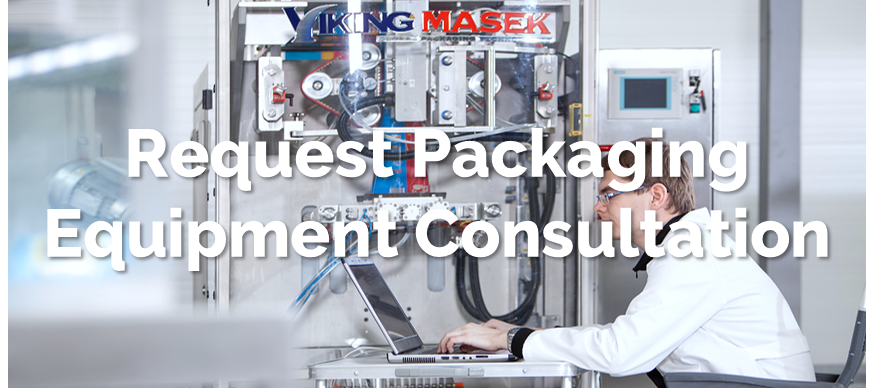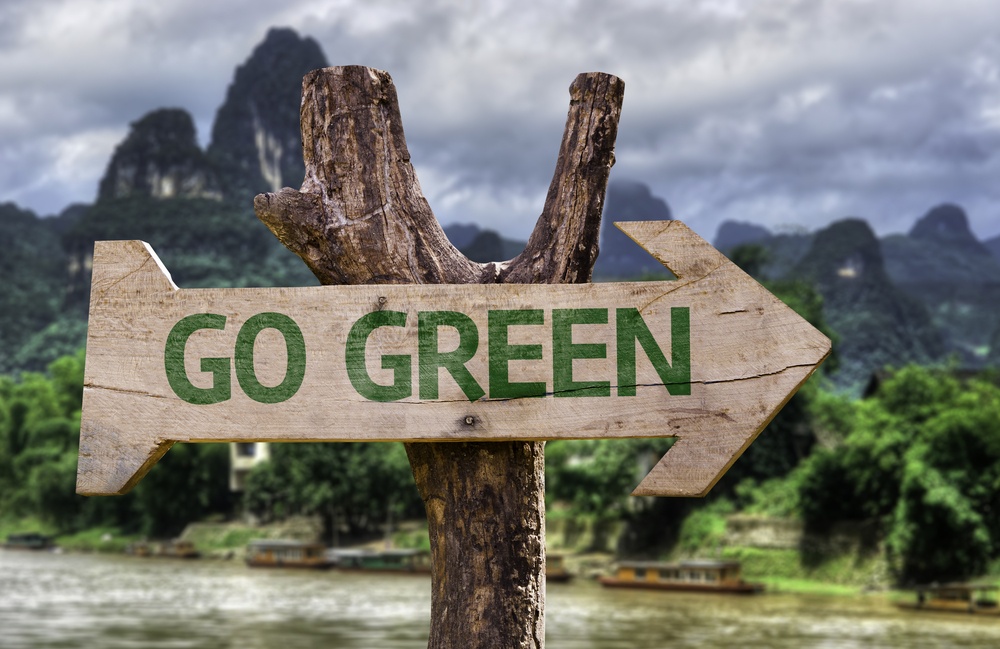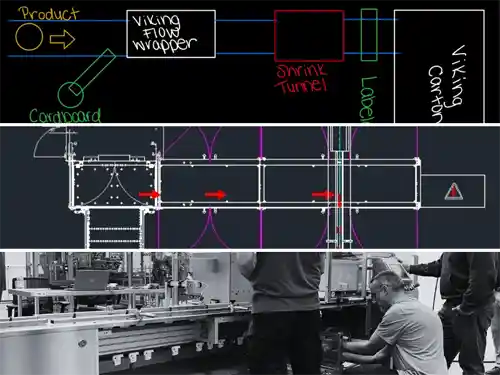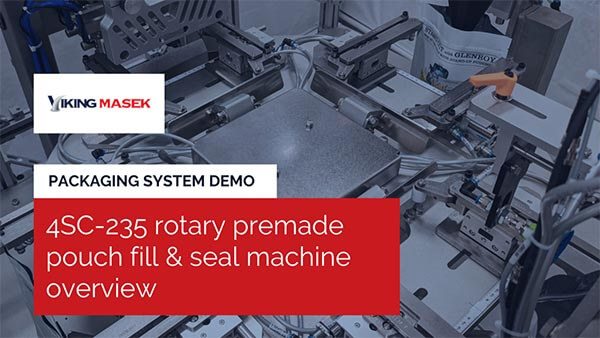Answered: Your Top Questions About Compostable Packaging
Compostable packaging is no longer just a passing trend or relegated to the select few companies that can afford it. Both big industry players and startup companies alike are setting the bar high and choosing compostable packaging materials for their products. Today we're hosting a Q&A about compostable films with Dave Meacham, Packaging Strategist for film supplier partner Eagle Flexible Packaging.
A Short Compostable Packaging Primer
Compostable flexible packaging is comprised of cellulose or plant-derived materials. By its very nature, cellulose is:
- A renewable, sustainable resource
- Static free
- Heat resistant
- Compatible with printing and adhesives
- Able to be heat-sealed
- Easy to tear in both directions without needing tear notches or microperforation
- A natural oxygen barrier
A company can choose to use 100% compostable packaging materials or can go for a hybrid approach, replacing some film components or layers with renewable materials. Your film supplier will be able to guide you in the right direction as to which option is best for your product attributes and desired functionality.
Q. How does the shelf life of compostable packaging compare to traditional flexible packaging?
A. When we build compostable flexible packaging structures to replace traditional structures, our goal is to match the shelf life requirements of the traditional structure. Meaning: compostable structures will have the same shelf life compared to traditional structures.
Q. I have a product that requires a 9 to 12 month shelf life; will the compostable material start to break-down before then?
A. No. Once film is converted and product is secured into the package, the shelf life is not compromised. The material is designed to only degrade or break-down in a compost environment.
Q. Are there minimum material requirements for compostable films?
A. There are many variables that go into each specific project; minimums are dependent on the number of impressions or desired size of the package and the custom film structures needed specific to the project. Generally we have a 500 lb. minimum outside of a trial which equates to one small roll of film, depending on the size of the project itself.
Q. What is the price for compostable packaging vs. traditional?
A. Though prices vary depending on the specifics of the project, generally compostable material prices are at least double the amount of traditional flexible packaging. As the demand continues to grow for compostable packaging, we believe we will see prices come down.
Companies today often don't have a problem with their consumers seeing the additional cost of green packaging as value-added, especially if they fit any of the following situations:
- Higher margin or premium cost products
- Natural/organic product companies
- Green and/or sustainable practices are part of company culture and brand story
Q. Can you produce transparent compostable packaging?
A. Yes! In fact, cellulose packaging was the first clear packaging, created over 100 years ago.
Q. When is the best time to introduce compostable packaging?
A. Anytime is a great time, however we strongly recommend adopting compostable packaging from the get-go if possible, or when introducing a new product to your lineup. This way, there isn't as much 'sticker shock' when comparing compostable to traditional flexible packaging.
Q. Do compostable materials work with automated packaging equipment?
A. Absolutely. Modern packaging equipment, like VFFS or premade pouch machinery from Viking Masek, can accommodate today's green, compostable, and recyclable packaging films with ease.
 Sustainable Packaging Equipment Solutions
Sustainable Packaging Equipment Solutions
Interested in packaging machine solutions for your natural and organic product? Wondering what your options are for green packaging materials? Contact Viking Masek today for a consultation.





